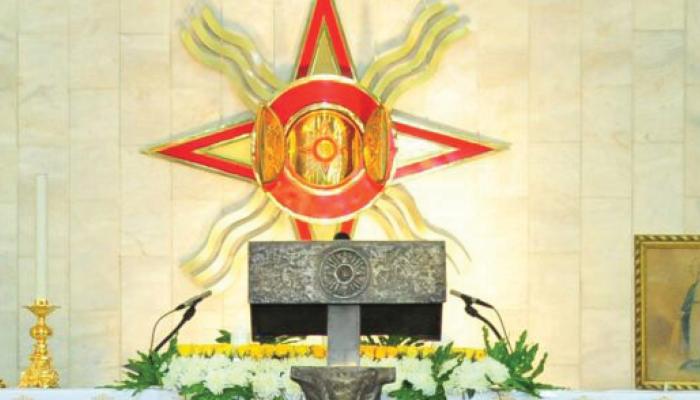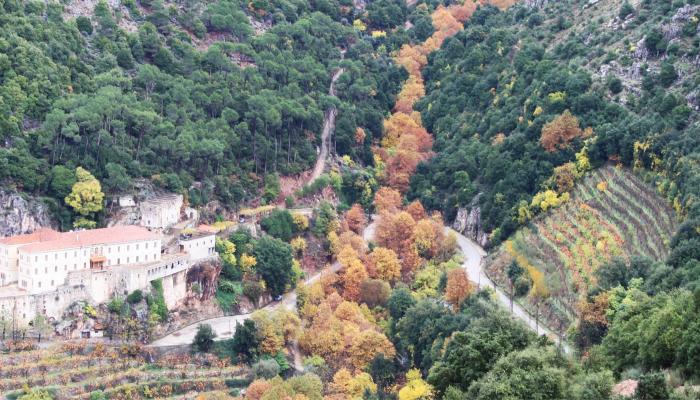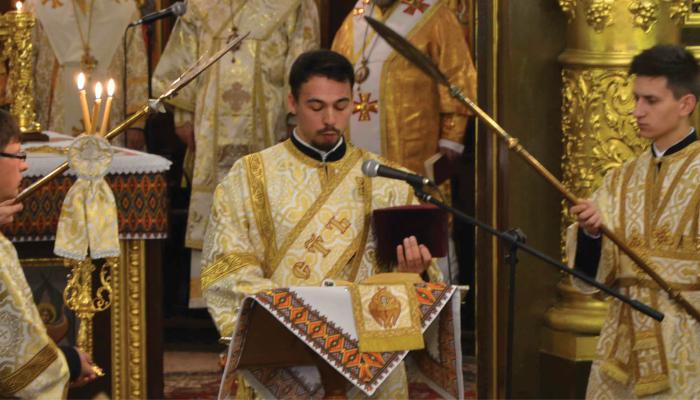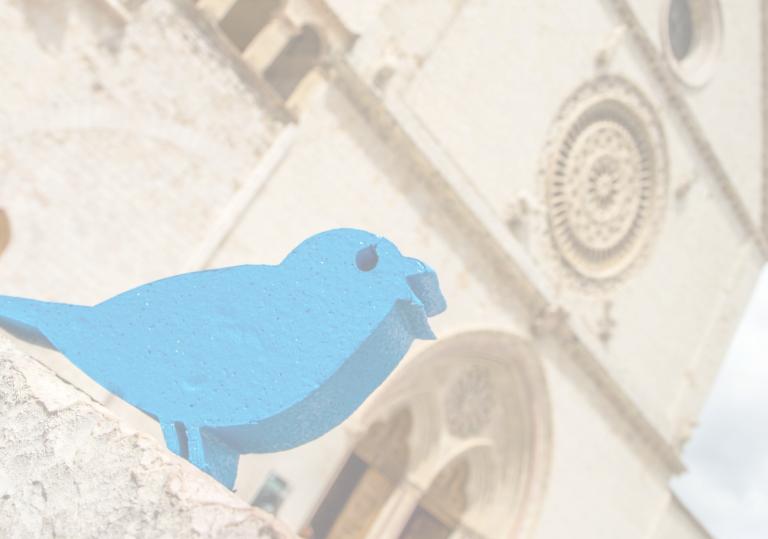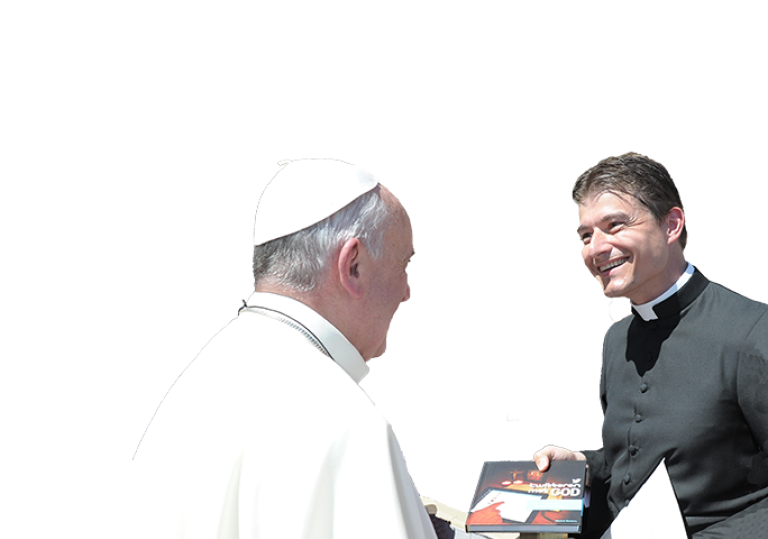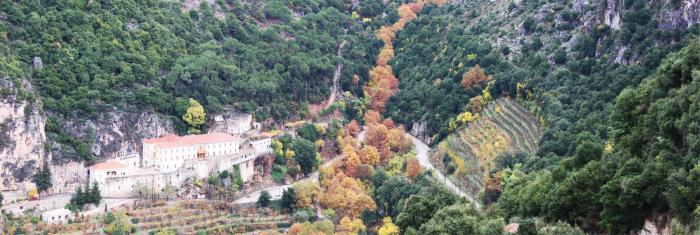
3.54 Cila është struktura e ritit të Maronitit?
Liturgjia e Maronitit i ka rrënjët në liturgjinë e Besëlidhjes së Vjetër. Riti modern i Maronitit përbëhet nga tri pjesë.
Përgatitja: Buka dhe vera përgatiten në një tryezë anësore. Atëherë prifti dhe besimtarët përgatiten: ata i luten Zotit që t'i falë mëkatet e tyre dhe t'i ndihmojë që të kremtojnë mirë liturgjinë. Kjo pasohet nga leximet e Shkrimit të Shenjtë, një predikim dhe shpallja e fesë.
Anafora: Gjatë lutjes së quajtur Anaforë, buka dhe vera i paraqiten Zotit dhe bëhen Trupi dhe Gjaku i Jezusit. Ashtu si në ritin latin, ndiqen nga një lutje falënderimi dhe thirrja e Shpirtit të Shenjt.
Kungimi: Në këtë pikë besimtarët marrin trupin dhe gjakun e Krishtit, i cili zakonisht shpërndahet duke përdorur një lugë. Liturgjia përmbyllet me lutje falënderimi dhe bekimi.
Çfarë paraqet Eukaristia në jetën e Kishës?
Është burim dhe kulm i krejt jetës së krishterë. Në Eukaristi arrijnë kulmin e tyre veprimi shenjtërues i Hyjit ndaj nesh dhe kulti ynë ndaj Tij. Ajo përmban në vetvete krejt të mirën shpirtërore të Kishës: vetë Krishtin, Pashkën tonë. Bashkësia e jetës hyjnore dhe njësia e Popullit të Hyjit shprehen dhe rrjedhin nga Eukaristia. Me anë të kremtimit eukaristik i bashkohemi që këtu liturgjisë së Qiellit dhe paraprijmë jetën e pasosur. [KKKP 274]
What names are there for Jesus’ meal with us, and what do they mean?
The different names indicate the unfathomable richness of this mystery: the Holy Sacrifice, Holy Mass, the Sacrifice of the Mass – the Lord’s Supper – the Breaking of Bread – the Eucharistic assembly – the memorial of the Lord’s Passion, death and Resurrection – the Holy and Divine Liturgy, the Sacred Mysteries – Holy Communion.
Holy Sacrifice, Holy Mass, the Sacrifice of the Mass: The one sacrifice of Christ, which completes and surpasses all sacrifices, is made present in the celebration of the Eucharist. The church and the faithful, through their self-offering, unite themselves with Christ’s sacrifice. The word Mass comes from the Latin dismissal, Ite, missa est, “Go now, you are sent”.
The Lord’s Supper: Every celebration of the Eucharist is still the one supper that Christ celebrated with his disciples and, at the same time, the anticipation of the banquet that the Lord will celebrate with the redeemed at the end of time. We men do not make the worship service; the Lord is the one who calls us to worship God and is mysteriously present in the liturgy.
The breaking of bread: “The breaking of bread” was an old Jewish ritual at meals, which Jesus employed at the Last Supper to express his gift of self “for us” (Rom 8:32). In the “breaking of bread” the disciples recognized him again after the Resurrection. The early Church called their liturgical feasts “the breaking of bread”.
Eucharistic assembly: The celebration of the Lord’s Supper is also an assembly of “thanksgiving”, in which the church finds her visible expression.
Memorial of the Lord’s Passion, death, and Resurrection: In the celebration of the Eucharist, the congregation does not celebrate itself; rather it discovers and celebrates again and again the presence of Christ’s saving passage through suffering and death to life.
Holy and Divine Liturgy, Sacred Mysteries: In the celebration of the Eucharist, the Church in heaven and on earth unite in one feast. Because the Eucharistic Gifts in which Christ is present are, so to speak, the holiest thing in the world, we also speak about the Most Blessed Sacrament.
Holy Communion: Because we unite ourselves with Christ at Holy Mass, and through him are united with one another, we speak about Holy Communion (communio = fellowship). [Youcat 212]

